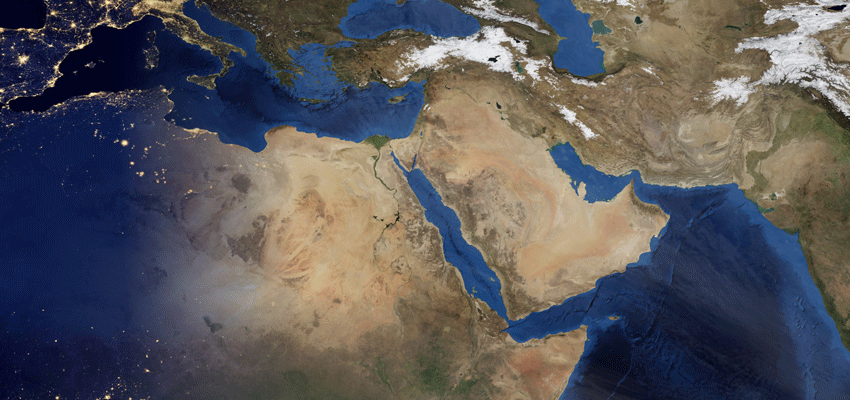FURTHER political turbulence in the Middle East will likely lead to insurers and re-insurers raising premiums, head of marine and trade at UK firm DWF Law Jonathan Moss says.
Tensions are high following the US decision to assassinate a senior Iranian general, leading to Iran firing missiles at a US base in Iraq.
“The latest chapter of turbulence in the Middle East will undoubtedly lead to insurers and reinsurers particularly in lines such as hull, war, piracy, terrorism, cargo and construction raising premiums, renegotiating terms of cover and introducing riders and endorsements to policies to reflect the increased risks of trading in the region,” Mr Moss says.
“Insurers and reinsurers have been looking for a marked correction to the downward pressure on rates. The recent tensions, however, will lead to insurers and reinsurers imposing draconian conditions in policies, significantly increasing the costs of specialist insurance and pulling out of underwriting certain lines of business. Insurance rates are set to increase exponentially in the coming months.”
The risks are seen as particularly high in the Persian Gulf and the Strait of Hormuz, a comparatively narrow stretch of water separating Iran and the Arabian Peninsula. Attacks on ships transiting the Strait last year were blamed on Iran, albeit denied by that nation.
Mr Moss talked of additional challenges.
“Ships will have to navigate longer routes to avoid dangerous areas, ships’ crew wages will rise owing to the heightened risks of attacks to vessels in the Strait of Hormuz adding costs to end consumers for commodities transported globally, hampering trade,” he said.
He noted that following the 12 May attacks on two Saudi tankers, a Norwegian and a UAE flagged vessel, the Joint War Committee added the Gulf to their list of “high risk waters”.
Insureds were told to notify underwriters before vessels entered the region and additional premiums started to be levied.
The attacks reportedly transformed the region for insurers.
“Insurers have not withdrawn completely from writing risks but each international insurer is taking a close interest in how events unfold,” Mr Moss said. “Underwriters are used to factoring in geopolitical instability into pricing, but the events of last year created a perfect storm for companies trading in the region, increasing insurance premiums by an average of 10% in six to seven months.”
Mr Moss said a “new period of disorder and unrest” meant an unpredictable and turbulent picture was emerging with the inevitability that insurers and reinsurers would choose to exit insurance lines and/or adopt pricing models that would have an adverse impact on the passage of trade”.

